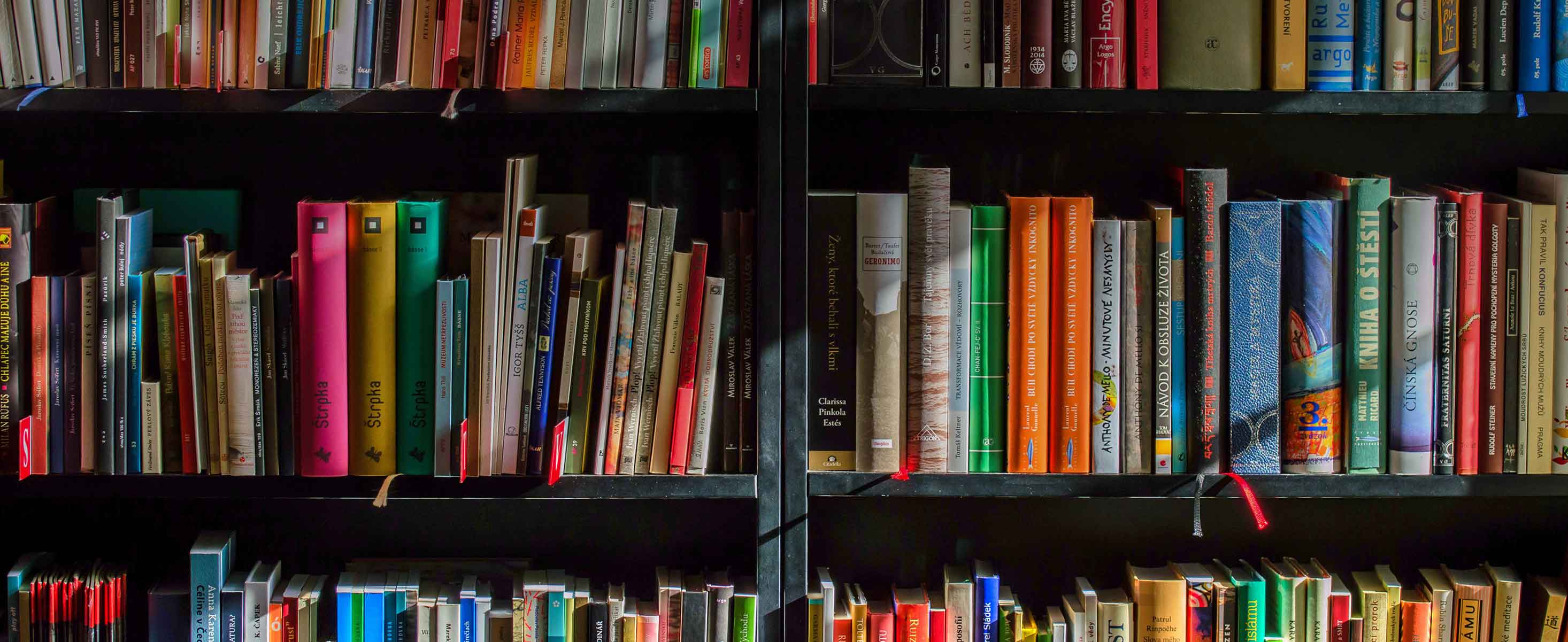
2 minute read
Composing and the National Curriculum
Composing is one of the areas that teachers - both generalist and specialist - consistently request help with, and topped our recent reader poll of areas you’d like to see covered in Primary Music Magazine. So what are the National Curriculum requirements for composing in England, and how do we interpret them?
KEY STAGE ONE
At KS1 the word composing isn’t even mentioned. Helpful, huh? The statement relating to the skill of composing is:
‘experiment with, create, select and combine sounds using the interrelated dimensions of music’
I find it helpful to split this statement into three different skills. First children must ‘experiment’ – for me this means just finding out what noises they can make with their voices, bodies, and different instruments. Then they must ‘select’ – make considered choices about the sounds that they use, for example picking a suitable instrument to represent rainfall, or using a vocal sound linked to an emotion like ‘sad’ or ‘angry.’ The next stage is to be able to ‘combine’ sounds and this is the tricky part because, in my experience at least, KS1 children are not generally known for their excellent skills of cooperation! The success of combining sounds with others can be more governed by social and emotional development than it is by musical development, so splitting the skills out in this way allows you to show that a child can actually be quite good at experimenting with and selecting sounds, even if they are not great at collaborating with others to combine them.
The final stage is to manipulate the sounds they have chosen using the inter-related dimensions of music (pulse, pitch, duration, tempo, timbre, structure, dynamics, texture). This might be shown through alternating the dynamic (playing quieter or louder), or making tempo changes (speeding up or slowing down), to create a particular effect.
KEY STAGE TWO
At KS2, the end of key stage expectation for composing is:
‘Improvise and compose music for a range of purposes using the interrelated dimensions of music’
The key phrase for me here is ‘range of purposes.’ The main mistake I see teachers making with composing is when they are basically setting the same activity over and over again – usually a ‘soundscape’ on a different theme each lesson. To fully cover this criterion, we need to make sure our pupils are doing different kinds of composing, so for example we might indeed compose a free-form ‘soundscape’ about space, but we might then also write a jingle for a pretend radio ad, a melody based on the pentatonic scale, a school song, a film score, some music to be played in a lift, whatever takes your fancy!
The positive thing to remember is that the wording of the national curriculum is so wooly, that you can basically get away with anything! There is no indication of the quality of the end result within the statements, so as long as you have experimented, selected, and combined at KS1, and composed a range of different types of music for KS2, no-one can really argue that you haven’t fulfilled the requirements! Of course with the (non-statutory) model music curriculum being developed we may get more concrete guidance about ‘standards’ but until then, have fun getting creative with your class!
About the author:
Dr Liz Stafford is Editor of Primary Music Magazine, Director of Music Education Solutions®, and Senior Lecturer in Music Business & Professional Studies at Leeds College of Music.










